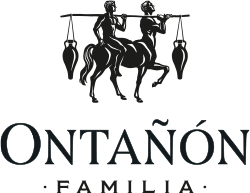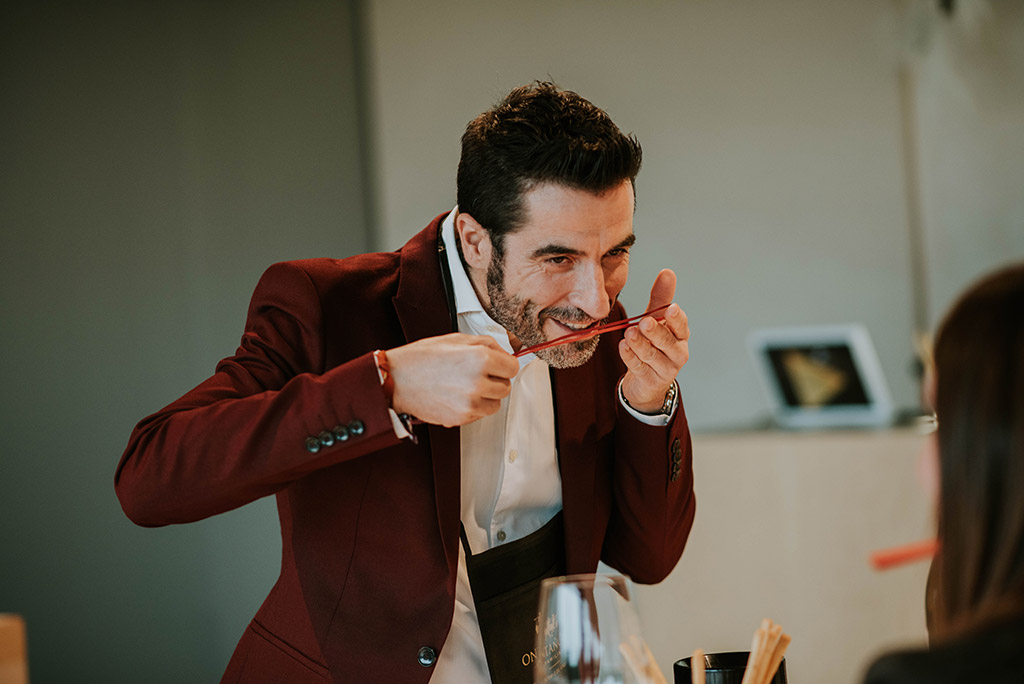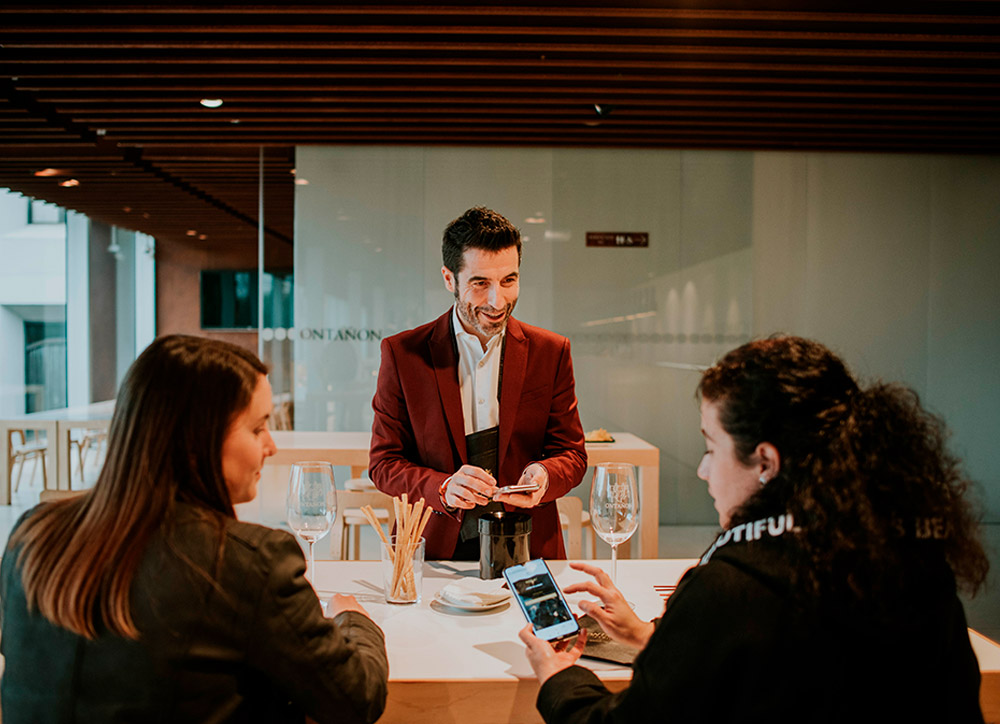
Jesús Arechavaleta
Responsable de Enoturismo, Ontañón Familia
_
“It is a feeling of mutual trust: you tell us your tastes and we offer you what you are looking for.”
In the fusion of wine culture and tourism, wineries recognize the importance of providing unique experiences that adapt to the changing demands of visitors. For this reason, Wine Tourism departments are increasingly committed to the implementation of digital tools as part of their continuous modernization and adaptation to the demands of wine lovers. An example of this trend is the innovative approach of Bodegas Ontañón, which has integrated into its Wine Temple different tools such as digital tasting in its wine tourism offer.
Recognizing the omnipresence of mobile phones in our daily lives, the winery has taken advantage of these devices to immerse tourists in a sensory journey through a web platform that energizes and digitalizes the visit. Through it, they can test their knowledge about wine intuitively, while being guided through the different phases of the tasting, while talking about their tastes and preferences. “One of the keys is to increase interest in all aspects of the world of wine, giving all possible prominence to aromas and flavors,” explains Jesús Arechavaleta, head of Wine Tourism at Ontañón Familia.
“We call our way of understanding the visit to the winery ‘wine cult’ because we develop all the activities around the sensory pleasures it offers us. That special sensitivity has become our house trademark, in the way we relate and interact with the people who come to the winery. Little by little, we are introducing them to the dialectic that we propose to them: believers, practitioners and devotees,” he continues. The digital tasting is “an immersive but very rewarding and simple experience that generates a very good vibe instantly, which makes visitors identify very quickly with the little adventure that we propose,” says Arechavaleta.

As a tool to strengthen the bond between the winery and customers, the novelty is perceived as “a totally different experience from those made on other visits,” which allows the winery to “create a good memory of the brand and the experience.” in the Temple of Wine.” Although, as with any innovation, some difficulties have arisen, such as initial resistance from those less familiar with the technology or connectivity problems that, in the vast majority of cases, have been easily overcome by the experience it offers. “Normally, people who are more reluctant to use mobile phones tend to show less interest, but after doing the digital tasting, they comment that they loved it,” highlights the head of the Wine Tourism department at Ontañón Familia.
The integration of technology in wine tourism not only enriches the visit, but also improves it through various nuances and turns it into an experience worth sharing. The client has fun and learns in a simple way with the help of technology, helping each activity to be different and for visitors to share it on social networks on a very regular basis. An approach that not only promises to improve the customer experience, but also continues to move towards an increasingly technological and personalized wine tourism, always with the values of wine as the axis of its enjoyment.
